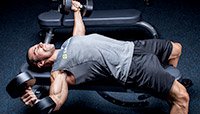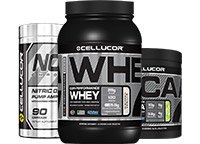
Super Fly: Your Complete Guide To Chest Flyes
If you're new to the gym or looking for novel ways to build your chest, learn how to fly and pump up your pecs with 9 variations of the classic single-joint movement!
I may not be an entomologist, but I sure as heck know a lot about flyes. Don't reach for your swatter; I'm not talking about the ones that buzz through your summer picnic. I'm talking about the single-joint exercise for chest often done as a finishing move. If you want to build a bigger chest, you definitely don't want to shoo away this fly—or these nine variations!
Before we start flying, let's stay on the ground and review what it means to fly. As I mentioned, flyes are a single-joint exercise, while most of the major chest exercises—bench press, incline press, and others—are multijoint.
Multijoint, or compound, exercises should form the backbone of your chest workouts; they allow you to move the most weight since they involve more than one set of joints. This allows secondary muscle groups to pitch in—the delts and triceps when it comes to chest presses, for example.
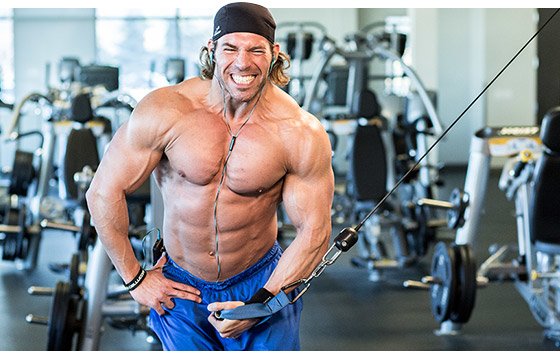
When you take other joints and muscle groups out of the equation, you put more emphasis on your chest, which is why single-joint exercises like flyes are called "isolation" moves. They isolate a certain muscle group. Isolating the chest requires that you lock your arms in a slightly bent-arm position and hold them there throughout the exercise range of motion.
Flyes can be done with dumbbells, machines, or cables. The fly necessitates using significantly lighter weights than what you pound with presses, but it puts more emphasis squarely on your pecs over supporting muscle groups.
It's All In The Elbows
The basic fly motion is akin to hugging a big tree or barrel. It follows a wide arc versus the more direct up-and-down movement of a chest press. This is most easily seen when watching the path of your hands while using a pec deck machine, during which the movement arc is locked in place. Replicating that same movement with dumbbells or cables, however, is more difficult, and is oftentimes where form breaks down.
The single-most common error when doing fly movements is turning them into presses. This fly-to-press is often seen on cable crossovers when someone is going too heavy and has to recruit other muscle groups to assist in moving the weight.
If you're guilty of this, you can catch yourself in the mirror. If you see your elbows bend and then extend, it's a sure tip that you've turned a fly variation into a press. Although you can move more weight with a sloppy press-fly like this, you won't isolate the chest as effectively, so be sure to keep your form in check.
One final reminder: The fly typically isn't a low-rep exercise like a chest press, because of the strain it can put on your elbow joints. I typically follow sets of 10-12 reps.
The Finer Points of Flyes
Now that we've covered the basics of what it means to fly, let's look at some specific fly variations and how each of them can affect your workout.
Cables
When doing a cable fly, you pull from the sides, but the height of the pulleys determines the specific direction or angle of your pull. You can adjust the height of the pulleys to shift the area of emphasis on your pecs.
Cables also keep tension on your chest throughout the entire exercise range of motion. Unlike with dumbbells, you can also physically cross one hand over the other, which increases the tension on your inner pecs.
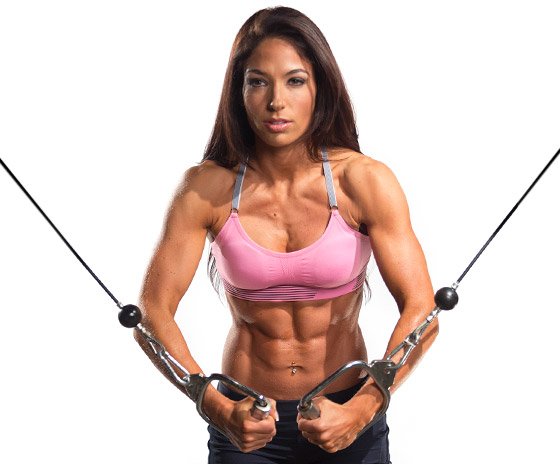
Dumbbells
When performing dumbbell flyes, don't overstretch your shoulder joints by allowing the weights to pull your arms too far back. With dumbbells, the force of gravity pulls the weights straight down—a key difference from cables—so keep the weight controlled at all times. Using benches with different degrees of incline and decline can affect the point on your chest where the work is focused, so dumbbells are very versatile for training chest.
Cables and a bench: When you set up a bench in the middle of a cable rack, the exercise motion is similar to the dumbbell fly, but you get the benefit of constant tension with cables. Since you're on a bench, you can eliminate some of the rocking motion (cheating) that can occur when you're doing standing cable flyes or crossovers.
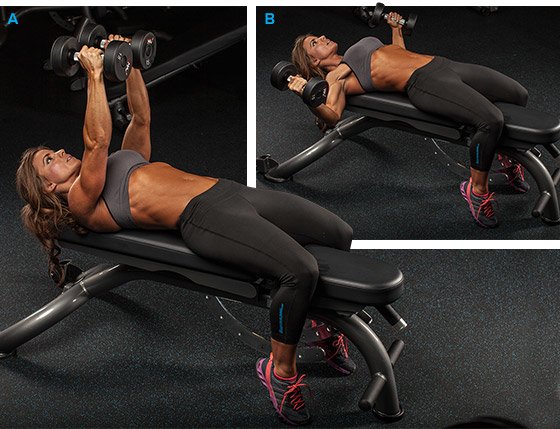
Machine flyes
The main benefit with machine flyes is that you don't have to worry about maintaining the bend in your elbows since you're locked into place. If you're having trouble locking the bend in your elbows with free weights, use machines to rehearse the biomechanical pathway.
There are two kinds of pec deck machines: With one, your shoulder, elbow, and hand are in the same horizontal plane; with the other machine, your elbows are bent 90 degrees and your forearms are perpendicular to the floor. With the latter, the range of motion is increased since you can bring your elbows closer together.
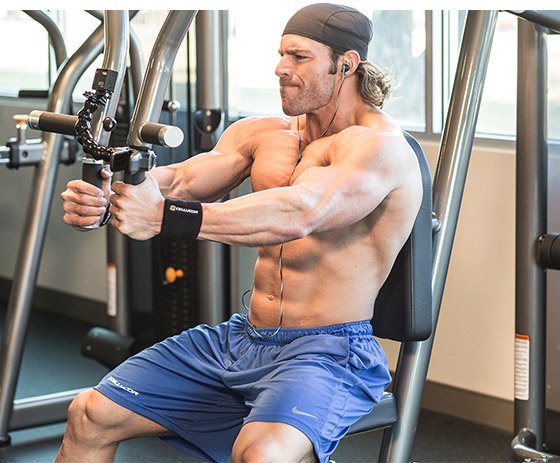
The Fly Family
To best target a specific region of your chest, include one of these nine variations in your workout. Each one offers a slightly different benefit based on angle of pull and implement.
The Fly Family |
||||||
| To Target Upper Chest | To Target Middle Chest | To Target Lower Chest | ||||
| Incline-bench dumbbell fly | Pec-deck machine | Decline-bench dumbbell fly | ||||
| Incline-bench cable fly | Flat-bench dumbbell fly | Decline-bench cable fly | ||||
| Low-pulley cable crossover | Flat-bench cable fly | Cable crossover | ||||
Now, Fly Away
Entomologists will tell you that there are thousands of species of flies, but the only ones of concern to us are those that target the pecs. Now that you have a good understanding of the fly, fly form, and various fly variations, it's time to spread your arms—with bent elbows, of course—and fly in the gym!
Recommended For You

15 Laws Of Leg Training
Aussie pro Calum von Moger helps turn your chicken legs into meaty thighs with these 15 insider's tips.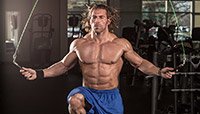
3 Fast Fat-Loss Workouts
Move over, hour-long treadmill runs! Make room for some fun, high-intensity fat-burning workouts from 3 inspiring Cellucor athletes. Burn extra body fat without burning tons of time in the gym!